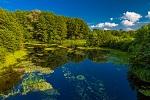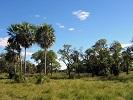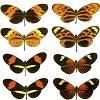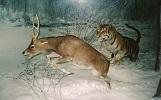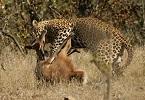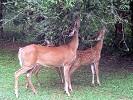Population and evolutionary ecology is focused on studying the processes and interactions which exist between species within an environment, which have been shaped by evolutionary forces. Populations are a collection of individuals and are considered to be the units of evolution. The patterns and variation which exist within these populations are a result of evolution by natural selection.
Evolutionary processes occur over generations, not within an individual’s lifetime and this makes collecting data over multiple generations critical. Consequently, ecological research often involves gathering and studying long-term data sets. This allows for interpretations to be made about the patterns and trends which exist within various populations and helps to describe why organisms have developed the traits which they possess.
The growth and structure of populations are influenced by factors such as natural selection, environmental variation, population dynamics and the environment itself, whether it is an aquatic or terrestrial environment. Additionally, species interactions such as competition, predation, herbivory and mutualism are essential to a population’s functioning and have developed through evolution. Through evolution prey species have acquired abilities such as mimicry to deceive predators and predators have evolved methods of overcoming this deception.
Population and evolutionary ecology tries to comprehend the composition and diversity of populations, along with the growth, reproductive and other life strategies species within these populations have developed. Through the implementation of population and evolutionary based studies, the ecological mechanisms which organisms have adopted to maximize functioning and survival within their environments can be analyzed.
© BrainMass Inc. brainmass.com June 29, 2024, 11:06 am ad1c9bdddf
